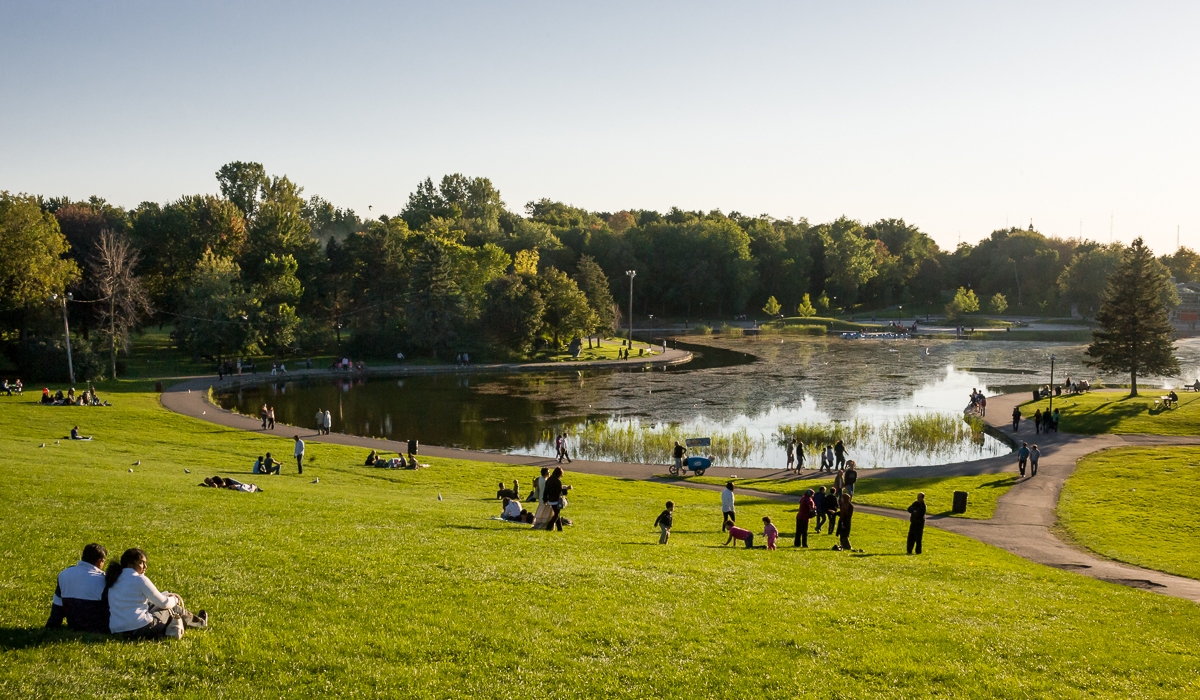
COLLECTIONS
SECOND EDITION - DESIGNED LANDSCAPES PORTFOLIO
Canadian Landscapes Portfolio Collections & Document
BCSLA - BC SOCIETY OF LANDSCAPE ARCHITECTS

LANDSCAPE ARCHITECTURE : FLOURISHING IN BC
In the early days much of the day-to-day practice of landscape architecture was focused on garden design with practitioners gradually pushing out the boundaries of project involvement into new areas. The forerunners of today’s green roof technology were the subject of innovative moves into the development of roof gardens in BC as early as the 1960s. It was such milestone projects as the campus designs at Simon Fraser University and the University of Victoria that served to demonstrate that landscape architect skills encompassed much more than a knowledge of garden plants. These and projects like them served to shift those previously held perceptions and introduce the concept of the landscape architect as a valuable member of the project team. They set the scene for the multi-disciplinary approach now considered essential to the success of any large project. Work areas that are now accepted as the norm for current members of the profession, were breaking new territory in the 1970s and early 80s. Today, recognition for site planning and design skills and the management of many successful landscape projects resulted in the profession gaining work in creating civic plazas, commercial projects, parks and recreational developments in addition to the traditional housing-related opportunities. Province-wide, BCSLA Members in public and private practice have had an increasing part in changing peoples’ lives for the better with the creation of spaces that have meaning and respect for the natural landscape in which we live.
Scott Watson, President & David Rose, Sitelines Annual Editor
Scott Watson, President & David Rose, Sitelines Annual Editor
You are looking for more information on the 2016 Portfolio?
Or 2017?

Lac des castors… Parc du Mont Royal (QC)
Auto Reply
We want to thank you for your interest in the Portfolio Initiative. We will answer to your request as soon as possible…
Thanks again…
Coordination team - Jean Landry
Coordination team - Jean Landry





















